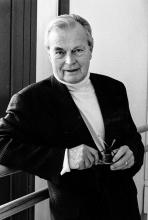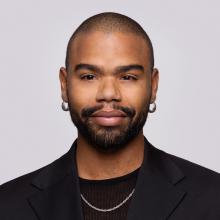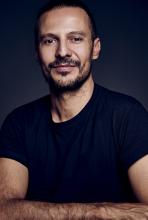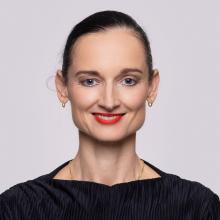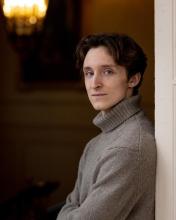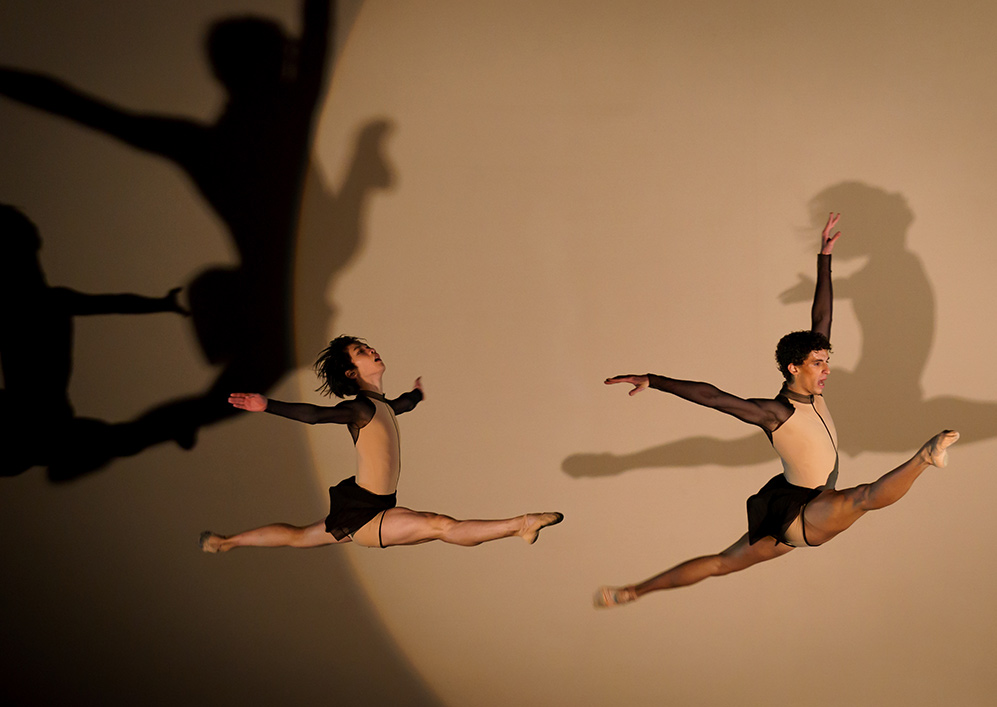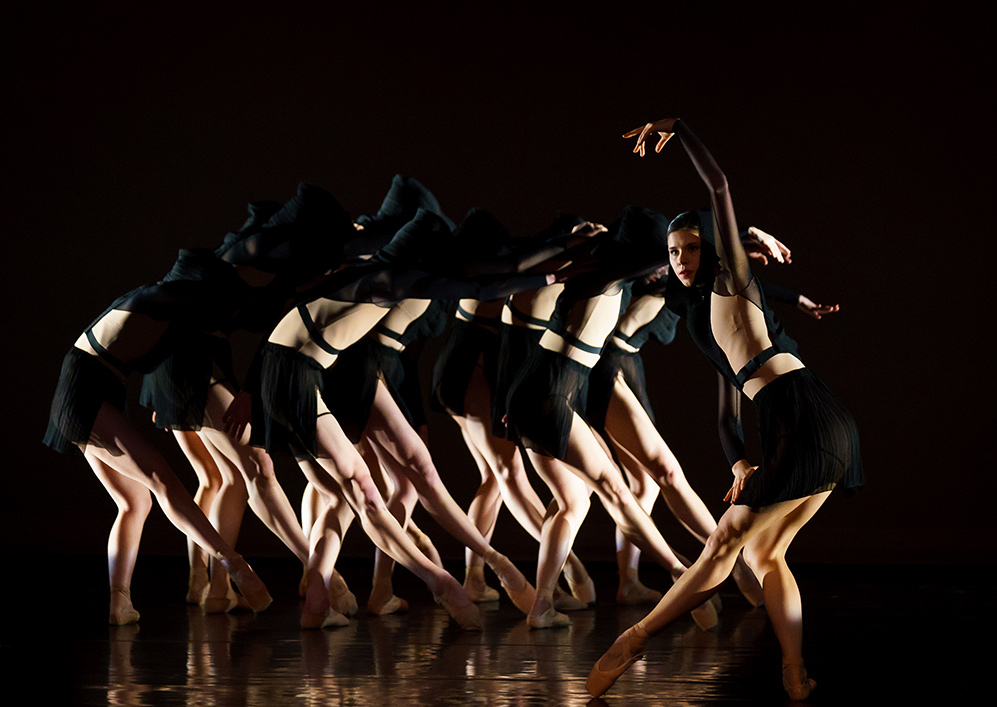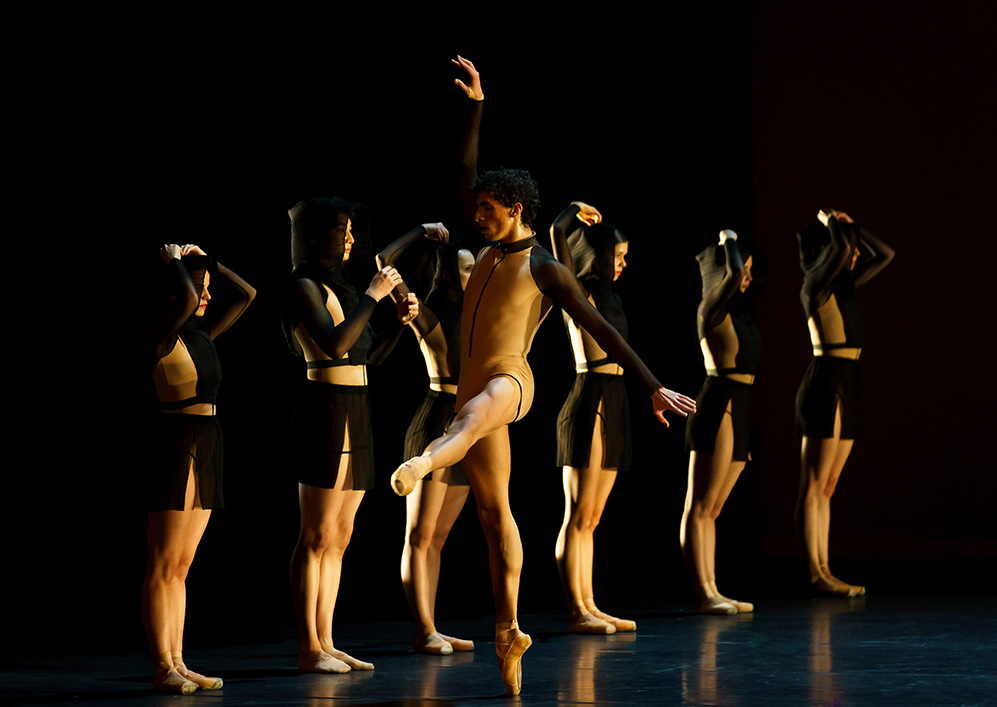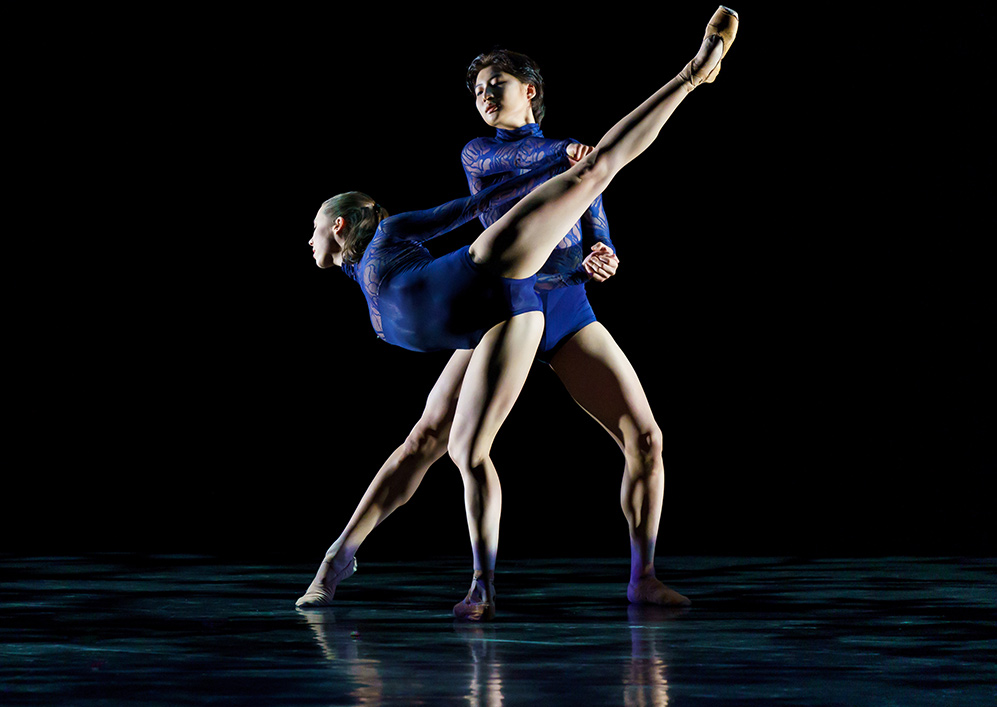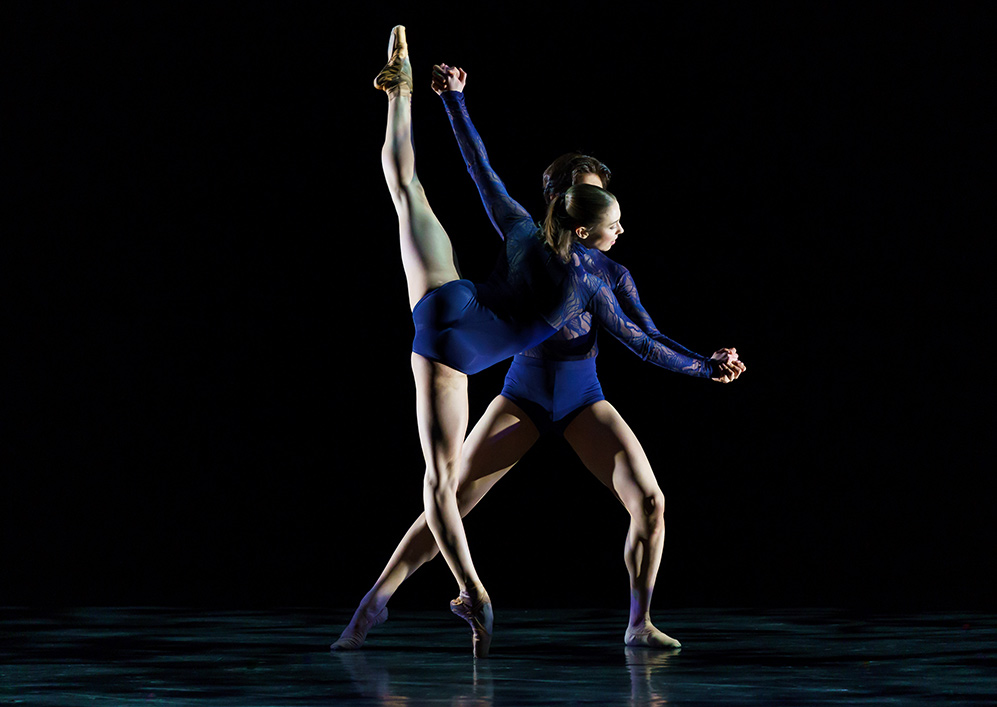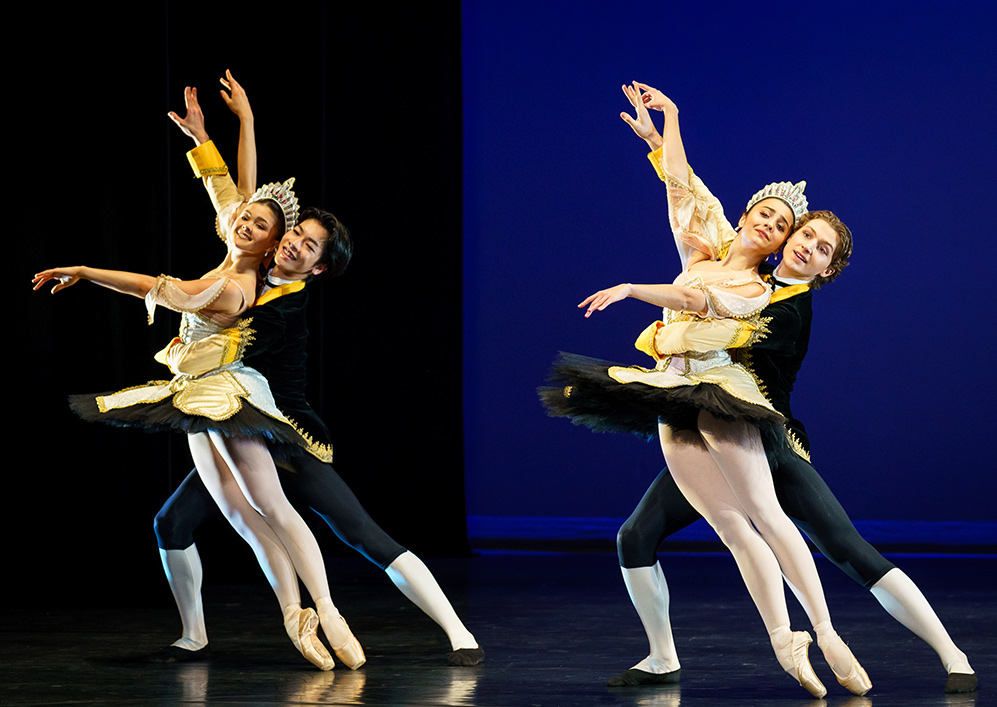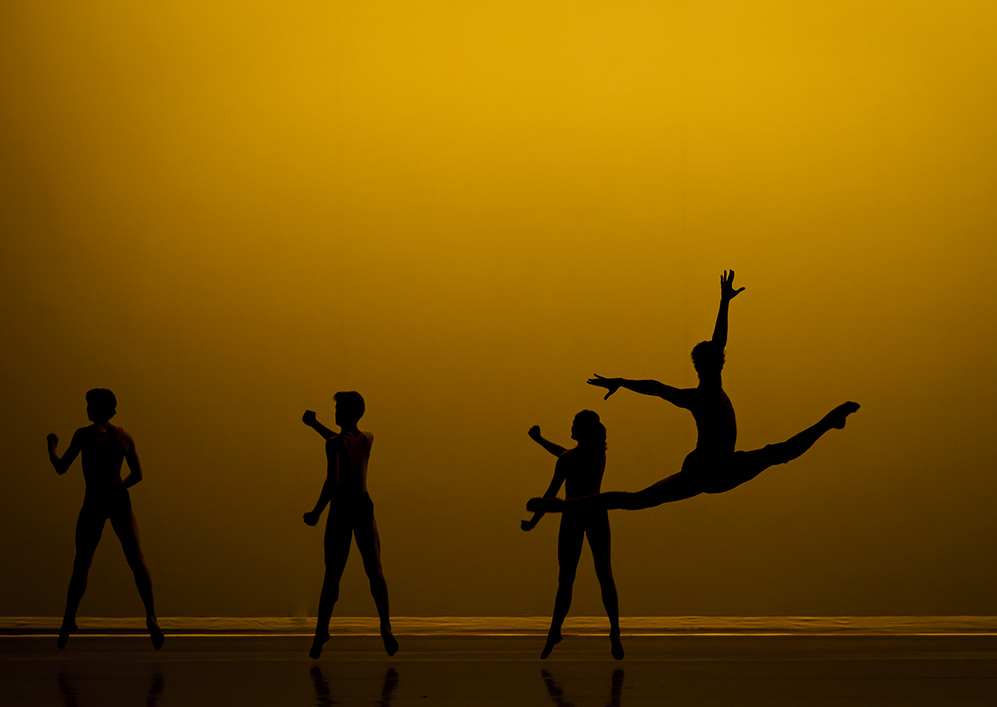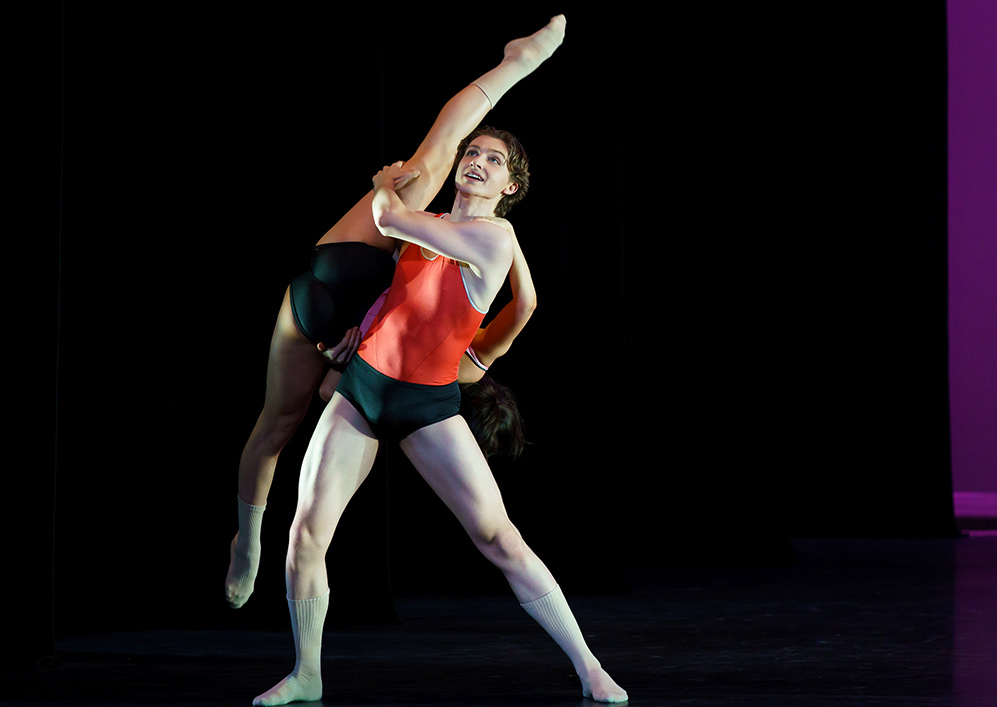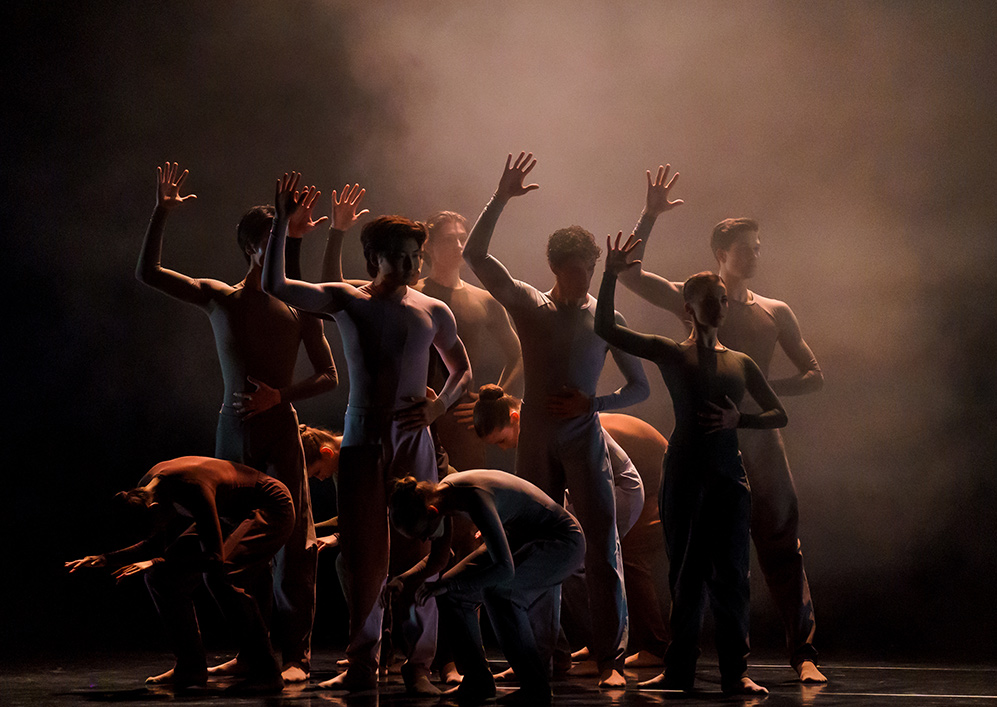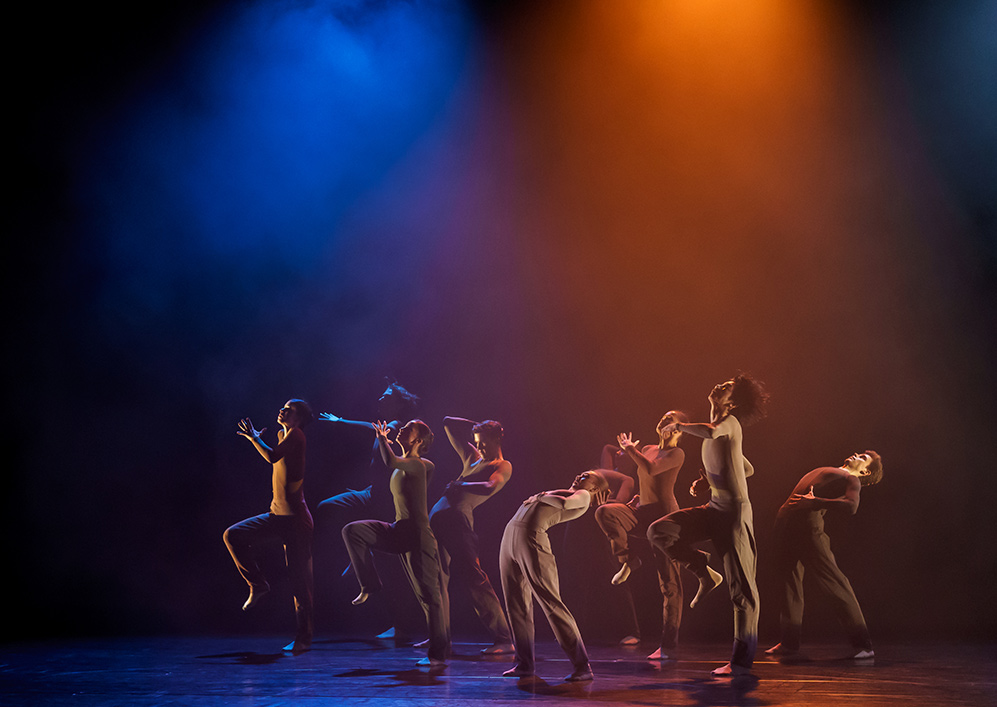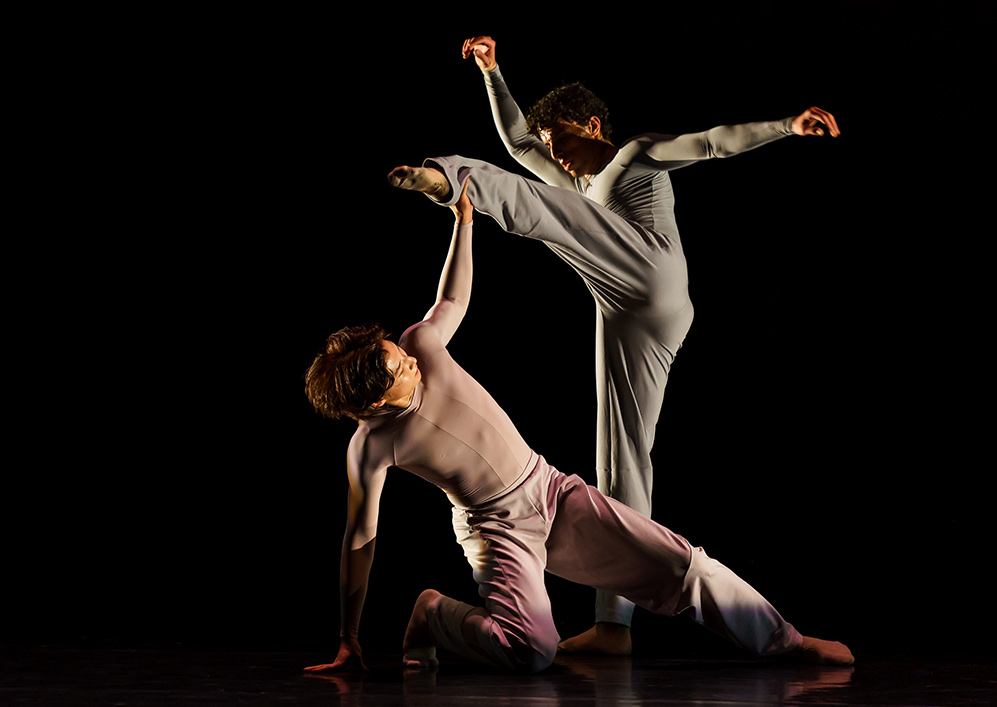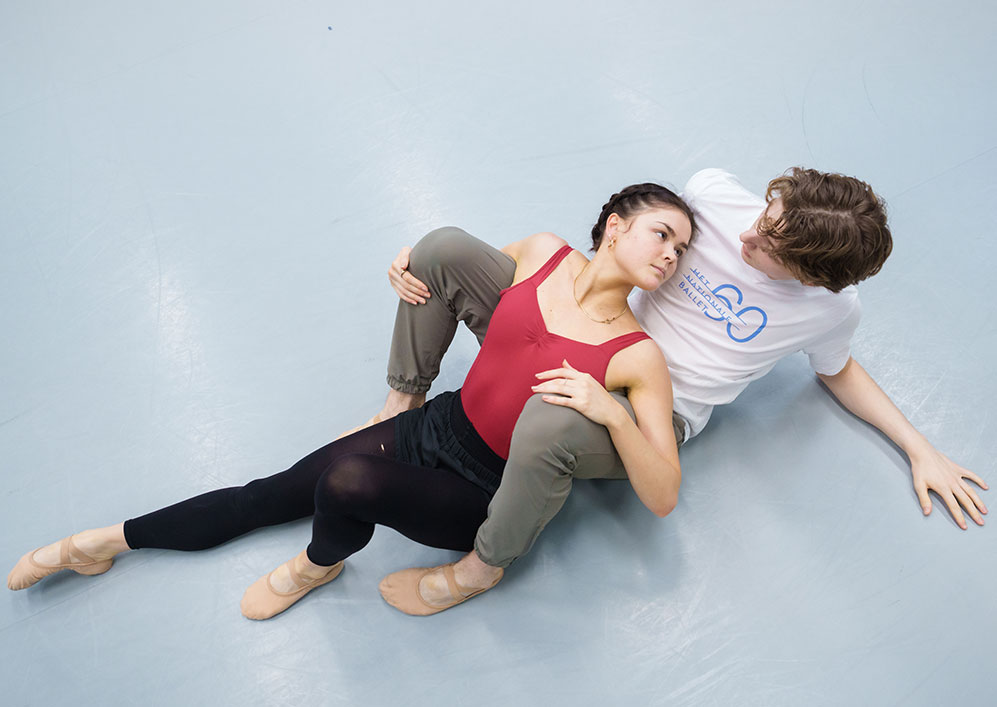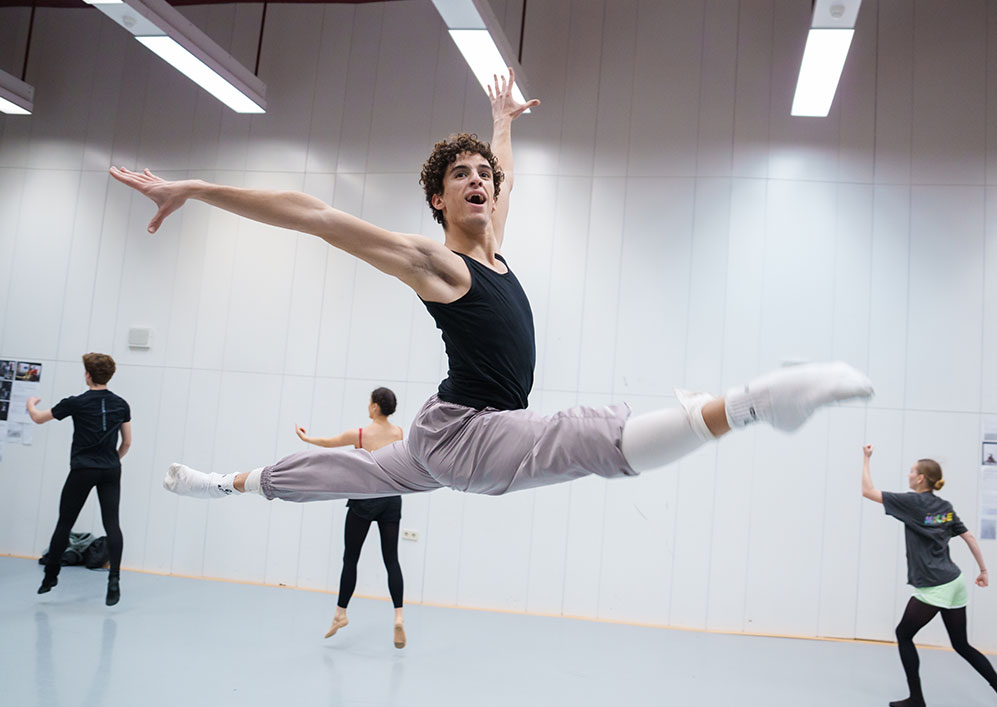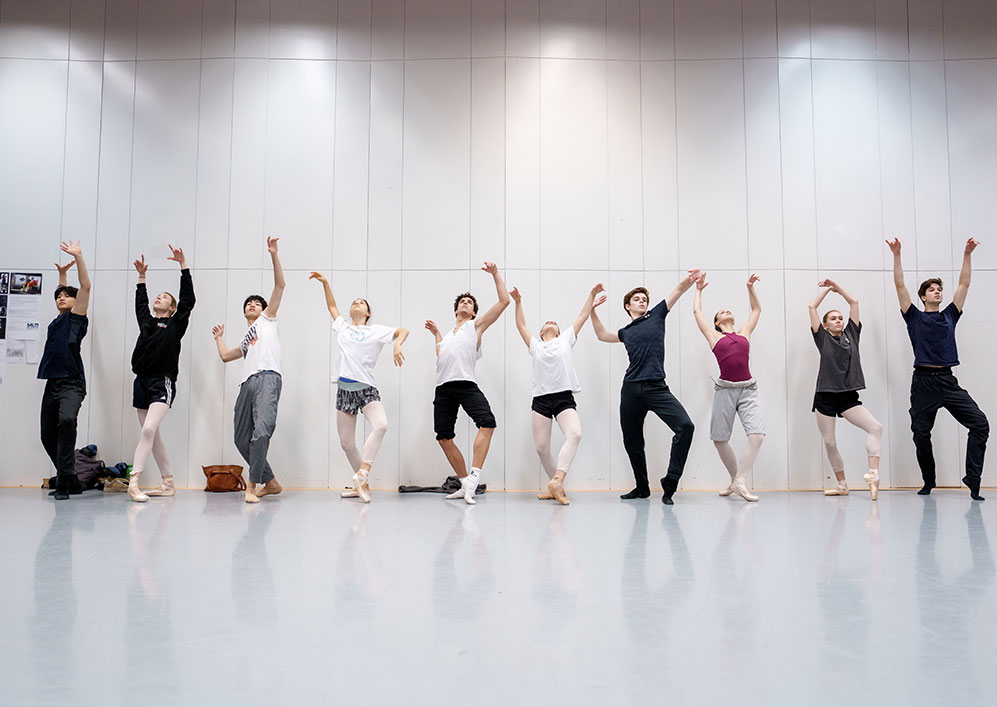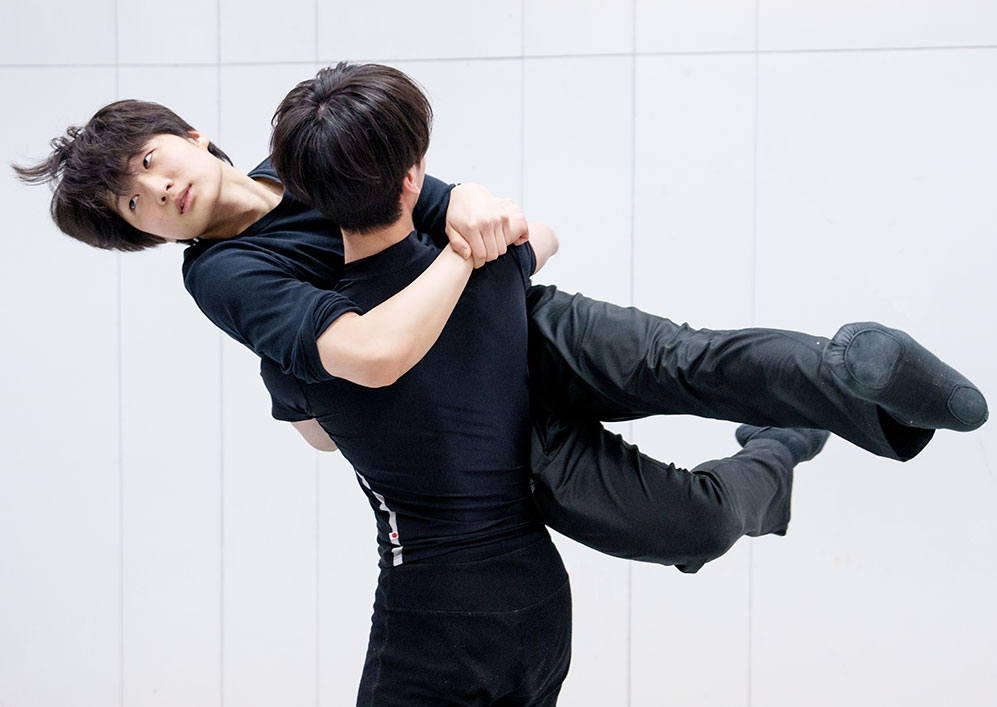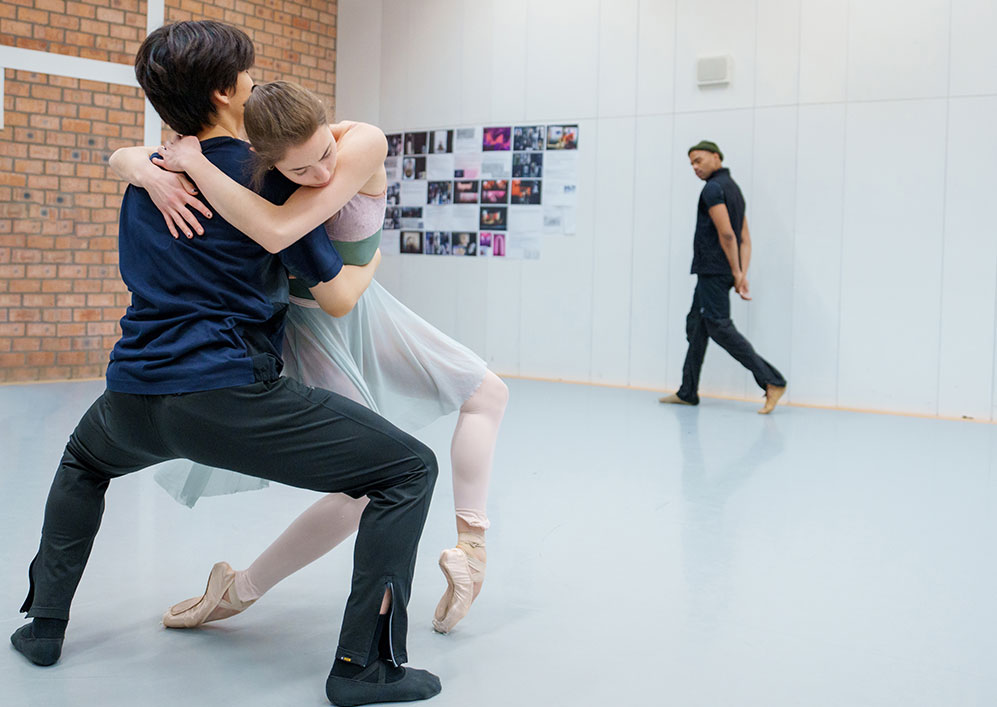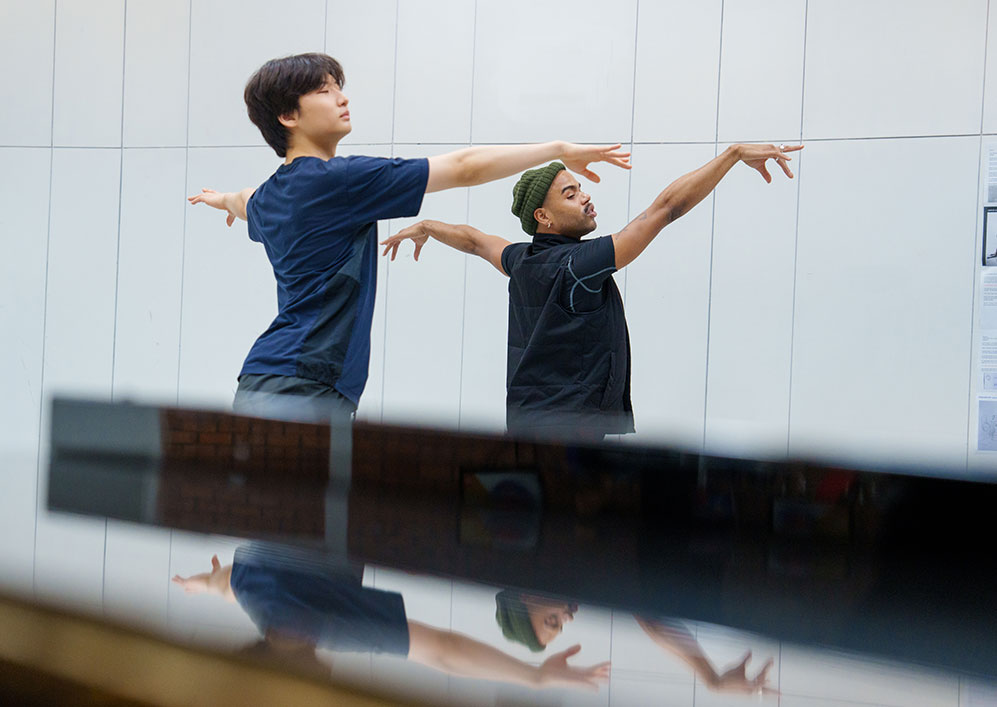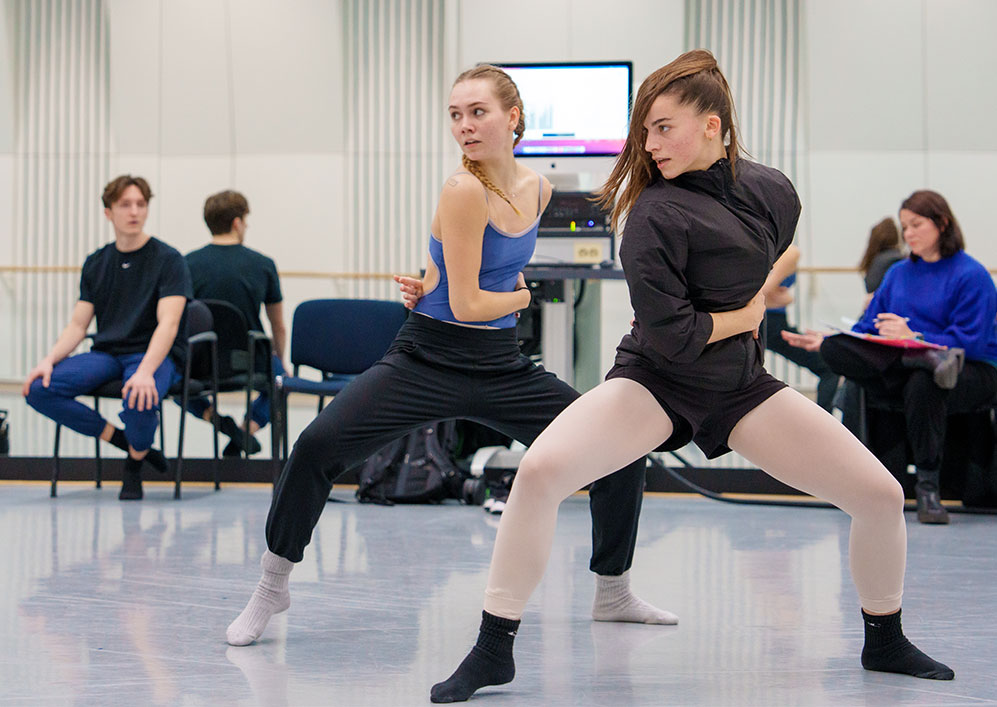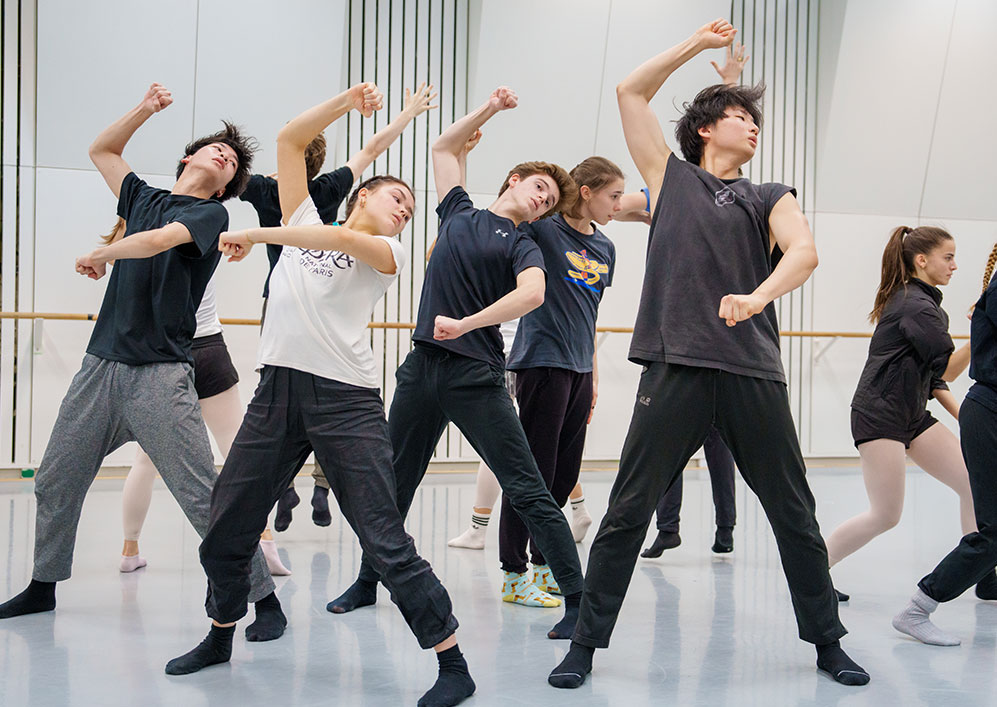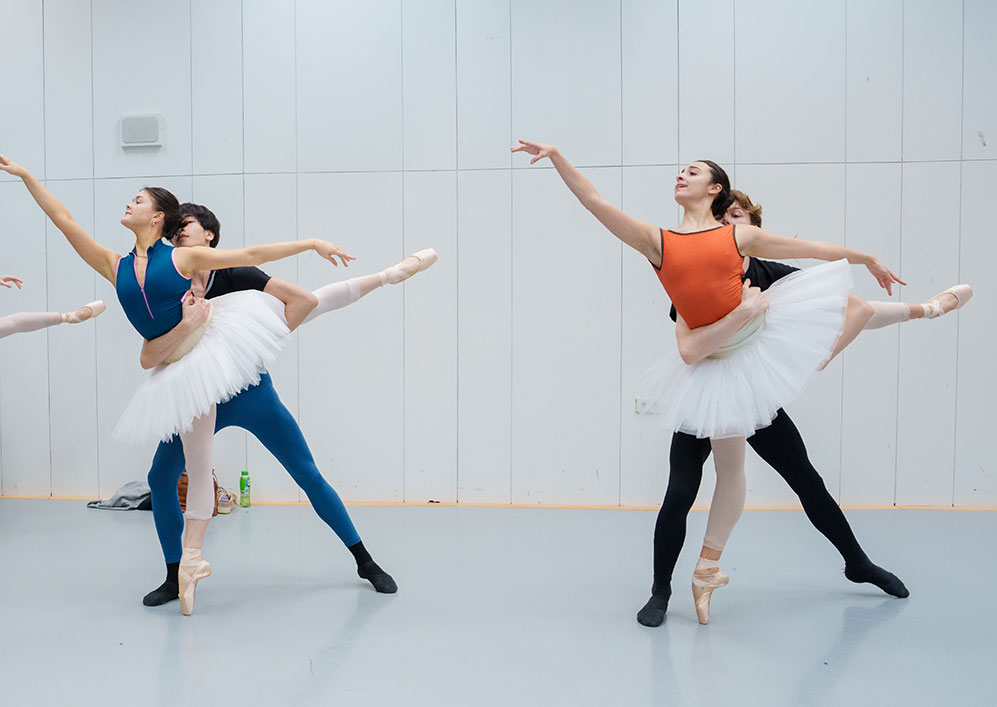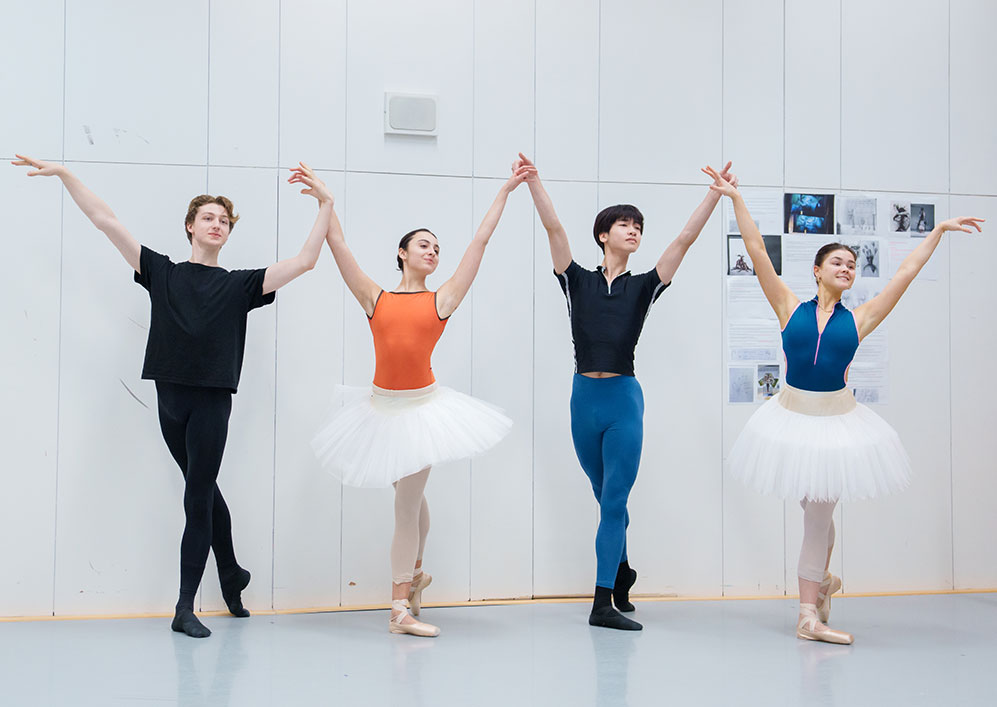Talented young dancers from all over the world audition each year for a highly coveted place in the Junior Company. The group forms a major stepping stone to a successful professional career, demonstrated by the fact that forty percent of Dutch National Ballet now consists of ex-Junior Company dancers, including two principals and six soloists.
The Sleeping Beauty – Pas de Quatre
Just like the complete Sleeping Beauty, this Pas de quatre is full of challenges for its performers. The two female variations feature elegance and delicate ports de bras (arm movements), as well as dazzling pointe work. Particularly striking in the two male variations are the virtuoso leaps and neat batterie (where the dancer beats his legs together in the air). And apart from that, the choreography also requires perfect teamwork, great musicality and flawless technique.
Promise
In his brand-new work Promise, Sedrig Verwoert wants to emphasise the maturity of the Junior Company talents, rather than their light-heartedness and youthful character. The eight-minute duet is a powerful and very physical dialogue between a male and a female dancer, full of dynamic partnering and pointe work. To music by American jazz saxophonist Pharoah Sanders and the British composer Floating Points, Verwoert challenges the young dancers to bring out the maturity in themselves and each other, and to search for the balance between freedom and responsibility that is necessary for this.
Blink
Juanjo Arqués created Blink in 2015 especially for the Dutch National Ballet’s Junior Company. At the time, his aim was to create a work that was geared towards the young dancers’ stage of life, which would therefore suit the group really well. The result is a light, fresh and theatrical ballet about adolescence and everything involved in it. Set to the first part of Max Richter’s recomposition of Vivaldi’s The Four Seasons – the aptly named Spring – Blink is a cheerful and affectionate reflection on what it means to be a young adult.
nosotros
nosotros. This title was not quite the first one that Wubkje Kuindersma came up with for her new ballet, but it was very close. “What I really like about this Spanish word is that it seems to be a contraction of we (nos) and the others (otros).” The piece, set to several compositions that are all linked to Bach, is about the strong mutual bonds between a group of people. It is about we and the other, and how the two are ultimately interchangeable, but also about the different sides contained in each individual. In the work, Kuindersma uses shadows and echoes, which can represent the other, but also a part of ourselves, and she consciously plays with gender equality.
Remembrance
The human body today, and the human body around 200,000 years ago. There is intrinsically little difference between the two bodies, but how do you deal with your ‘primal body’ in a world full of technological innovations? In Remembrance, the 24-year-old choreographer Joshua Junker involves the audience in the physical development undergone by mankind throughout history, in which a role is played by outside influences as well as the return to our individual world of experience. Rhythmic group sections, instinctive pas de deux and a variety of solos alternate, set to a driving percussion piece by Hidden Orchestra, and Remembrance by the ensemble Balmorhea – combined especially for Junker’s work with a new composition by DJ Bas Ibellini.

